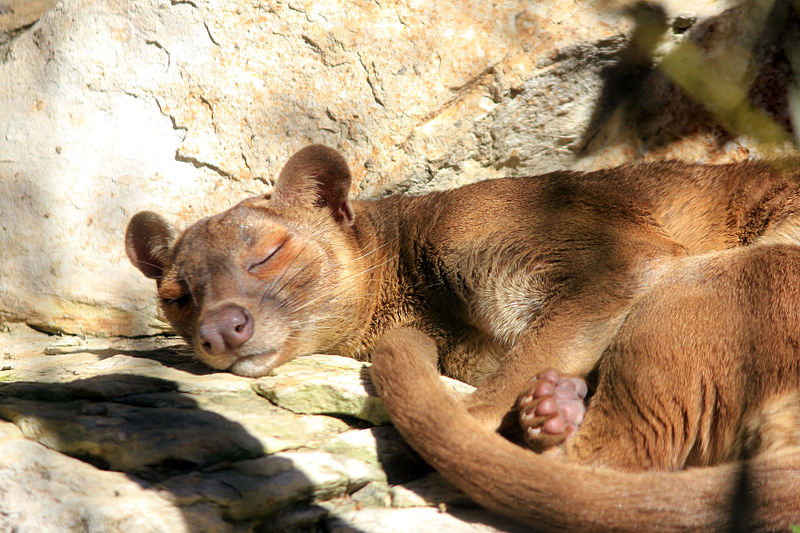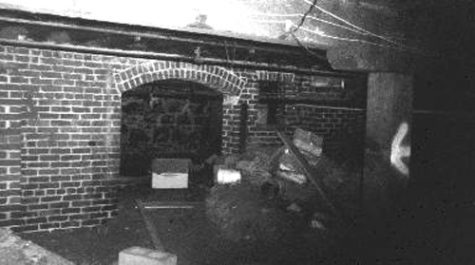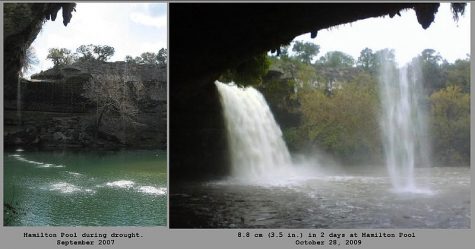All About Fossa (Foo-sa)
March 13, 2018
The scientific name for the fossa is cryptoprocta ferox. They’re mammals and their diet is carnivorous. An average life span for a fossa is 15 years. Their size averages from 20 to 30 inches in body, but their tail alone is 22-35 inches. They weigh 15-30 pound when fully grown and weigh about 60-90 grams at birth. They are very agile climbers whose ankles can rotate 180 degrees. This allows them to climb down a tree face-forward while gripping with their back feet. They have a look like a cross between a cat and a weasel. (national geo.)
They are most closely related to mongooses, and the fossa is unique to the forest of Madagascar, an African island in the Indian ocean. They can grow up to 6 feet long from their nose to the tip of their tail. They weigh 26 pounds. The fossa’s catlike body has little resemblance to its mongoose cousin. They have a short coat which is brown in color and they have extremely long whiskers. According to the AnimalFiles.com, “They walk using the soles of their feet like bears, rather than on their toes like a cat and dog and they have retractile claws and webbed feet.”
Fossas have a lithe, muscular build and they are extremely agile. They spend a lot of time in trees and they are excellent leapers and climbers. The fossa is the largest carnivore and top predator native to Madagascar. They eat everything from lemurs and wild pigs to mice(Animal Files). Basically, they eat anything they can get their claws on. Fossa are more like felines than mongoose. The fossa has fearsome cat like teeth. Fossa’s breed during September and October and after 3 months they give birth to 2-4 babies. (National Geo.)
The fossa moved to Madagascar 21 million years ago. The fossa is part of many Madagascan legends. Some believe the fossa’s scent will kill poultry, others believe that it will disappear completely if it contracts its pupils. Others say it comes into people’s homes and takes their babies. One of the stories which the locals tell is that the fossa can lick a sleeping person in a way that puts them in a trance from which they never awake. (theanimalfacts)
Works Cited
“Fossa.” National Geographic, 11 Nov. 2010, www.nationalgeographic.com/animals/mammals/f/fossa/.
Fossa: The Animal Files, www.theanimalfiles.com/mammals/carnivores/fossa.html.









